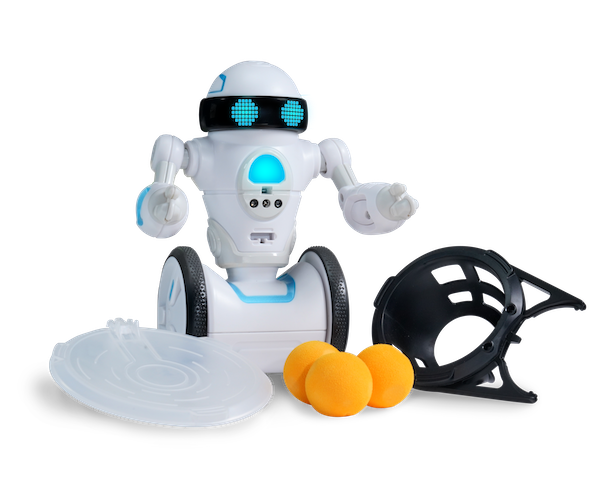
How to use a MIP robot for interactive projects?
With the rise of technology and automation, MIP robots have become increasingly popular for interactive projects. These robots are not only fun to play with but can also be used for educational purposes and creative endeavors. In this article, we will explore how to effectively use a MIP robot for interactive projects, providing you with tips, tricks, and best practices for maximizing your robot’s potential.
1. Understanding the basics of MIP robots
Before diving into using a MIP robot for interactive projects, it is essential to understand the basics of how these robots work. MIP stands for Mobile Inverted Pendulum, which refers to the robot’s unique balancing mechanism. These robots are equipped with advanced sensors and motors that help them maintain balance while moving around.
When using a MIP robot for interactive projects, it is important to familiarize yourself with its different components, including sensors, motors, and control mechanisms. This will help you better understand how the robot operates and how you can utilize its features for your projects.
2. Programming your MIP robot
One of the key aspects of using a MIP robot for interactive projects is programming. Most MIP robots can be programmed using various programming languages, such as Python or C/C++. By learning how to program your robot, you can customize its movements, behaviors, and interactions to suit your project’s requirements.
When programming your MIP robot, consider the specific goals of your project and how you want the robot to behave. Experiment with different codes and commands to see how they affect the robot’s movements and interactions. This trial-and-error approach will help you fine-tune your robot’s performance and achieve the desired results.
3. Integrating sensors and peripherals
Another important aspect of using a MIP robot for interactive projects is integrating sensors and peripherals. Many MIP robots come with built-in sensors, such as accelerometers and gyroscopes, which can be used to detect motion and orientation. Additionally, you can attach external sensors, such as cameras or distance sensors, to enhance the robot’s capabilities.
When integrating sensors and peripherals into your MIP robot, consider how they can enhance its interactivity and functionality. For example, you could use a camera to enable the robot to recognize objects or faces, or a distance sensor to avoid obstacles while moving. Experiment with different sensor configurations to find the best setup for your project.
4. Designing interactive projects
Once you are familiar with the basics of MIP robots, programming, and sensor integration, it is time to start designing interactive projects. Think about the goals and objectives of your project, as well as the intended audience and user experience. Consider how you can leverage the capabilities of your MIP robot to create engaging and interactive experiences.
When designing interactive projects, be creative and innovative. Think outside the box and explore new ways to engage users with your robot. Whether you are creating a game, a learning tool, or an artistic installation, make sure to test your project thoroughly and gather feedback from users to improve its performance.
5. Collaborating and sharing your projects
Finally, consider collaborating with other MIP robot enthusiasts and sharing your projects with the community. Platforms like GitHub and social media are great places to connect with like-minded individuals and showcase your work. By collaborating and sharing your projects, you can learn from others, get inspired, and receive valuable feedback that can help you improve your skills and projects.
Remember that using a MIP robot for interactive projects is a continuous learning process. Be open to experimenting, making mistakes, and iterating on your ideas. With dedication and creativity, you can create exciting and engaging projects that showcase the full potential of MIP robots.
Was this helpful?
0 / 0